Saving the Yamuna: India’s river lifeline (Photo essay)
Photographer Abhishek Singh journeys along India’s Yamuna River — capturing how communities and activists battle pollution, from local clean-ups to collective action across the basin.

As I gaze out over the Yamuna River, a pink-coded metro glides across grey pillars, carrying commuters through Delhi’s bustling expanse. Below, the river drags itself forward — choked, emaciated, frothy with industrial waste.
At Kalindi Kunj Ghat, cattle wade through the polluted Yamuna, polybags pile on the shore, and worshippers still gather to perform rituals. Rivers hold deep cultural meaning in India, yet here they resemble drainage canals more than sacred lifelines.
I wonder: has unchecked development pushed these rivers past the point where culture and nature can coexist?
A mirror of India’s water crisis
The Yamuna has become a mirror, reflecting not only waste but the pace of modern life. Quick comforts blind us to long-term costs. We risk the future of coming generations without a pause.
But amid this despair, I meet people like Bhavesh. Despite living with a disability, he travels across India, joining Yamuna River cleanup efforts wherever he can.
Every week, around 30 volunteers from groups like TREE Craze Foundation and the Namami Gange project gather to remove kilograms of waste from the Yamuna’s banks. Their work doesn’t end at collection — they brainstorm solutions, swap ideas, and build momentum toward a shared goal.
For them, cleaning the Yamuna isn’t just about trash. It’s about reclaiming a relationship between people and water.
From local clean-ups to basin-wide change
India’s cities face a growing water crisis. Reviving rivers like the Yamuna is no longer optional — it’s urgent.
The good news? River pollution in India can be reversed. With the right technology, policies, and, most importantly, determination, rivers can begin to heal. One flood season, free from fresh contamination, could spark remarkable recovery.
The problem isn’t a lack of tools. It’s the patchwork approach. Cleaning only sections of a river, without tackling the entire catchment, is like patching holes in a sinking boat.
We need to act as one, not as scattered groups, but as a collective determined to stop polluting, enforce environmental laws, and give our rivers space to breathe.
Why can't we turn away?
Standing by the Yamuna, I see more than filth. I see a possibility. I know the power of people who refuse to turn away.
We must stop seeing rivers as someone else’s problem. They are part of who we are — and part of who we will become.
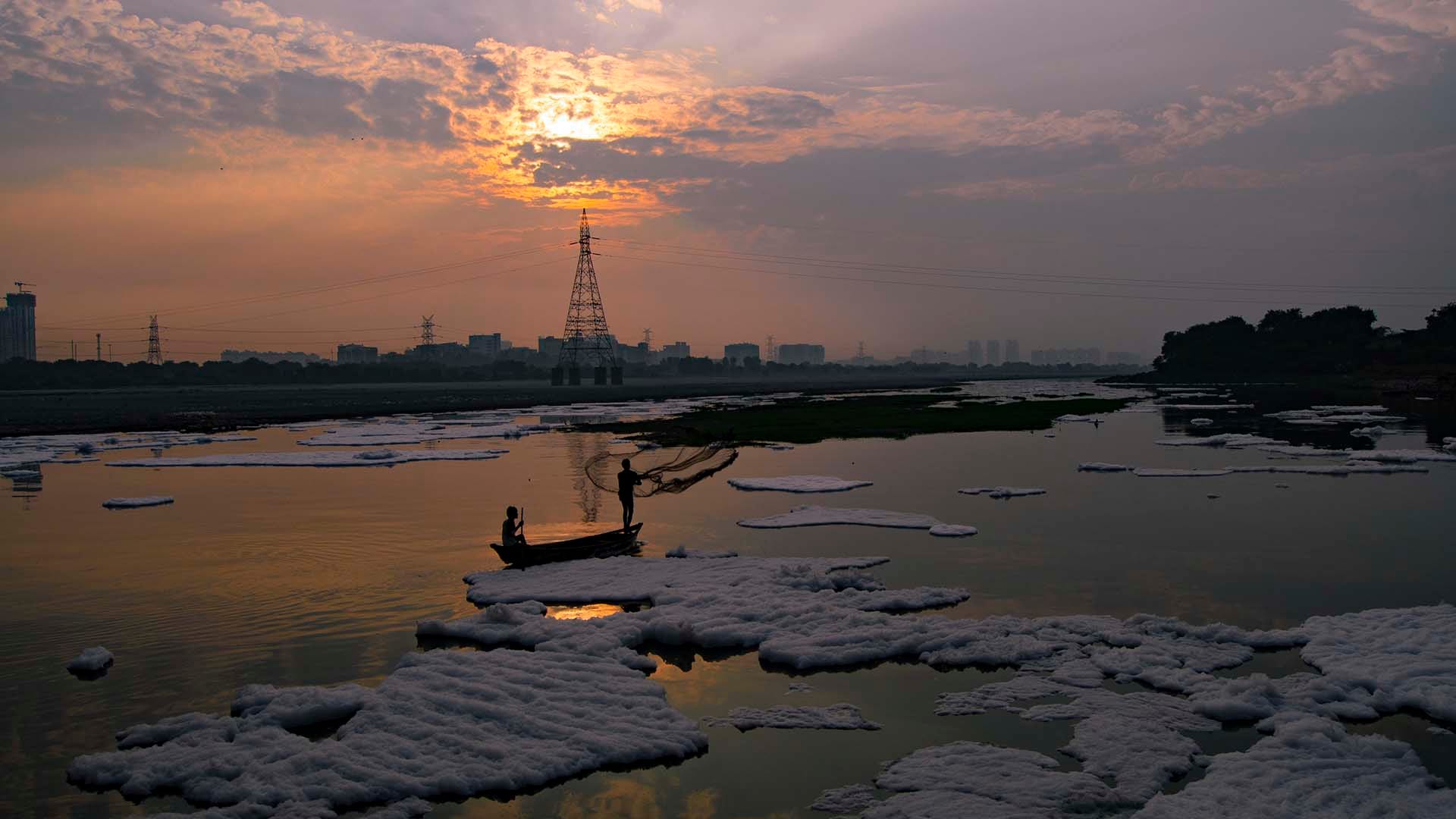
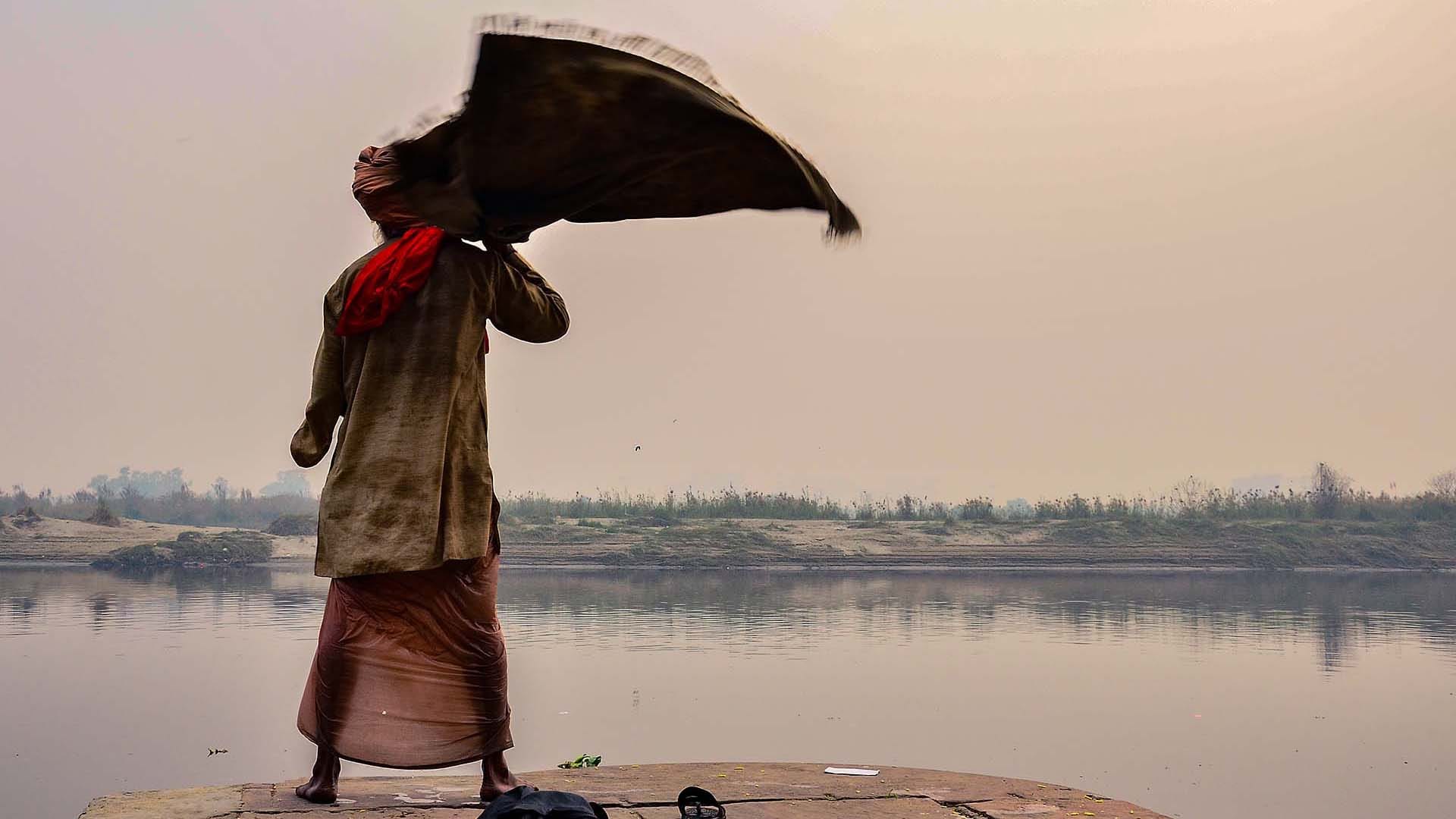
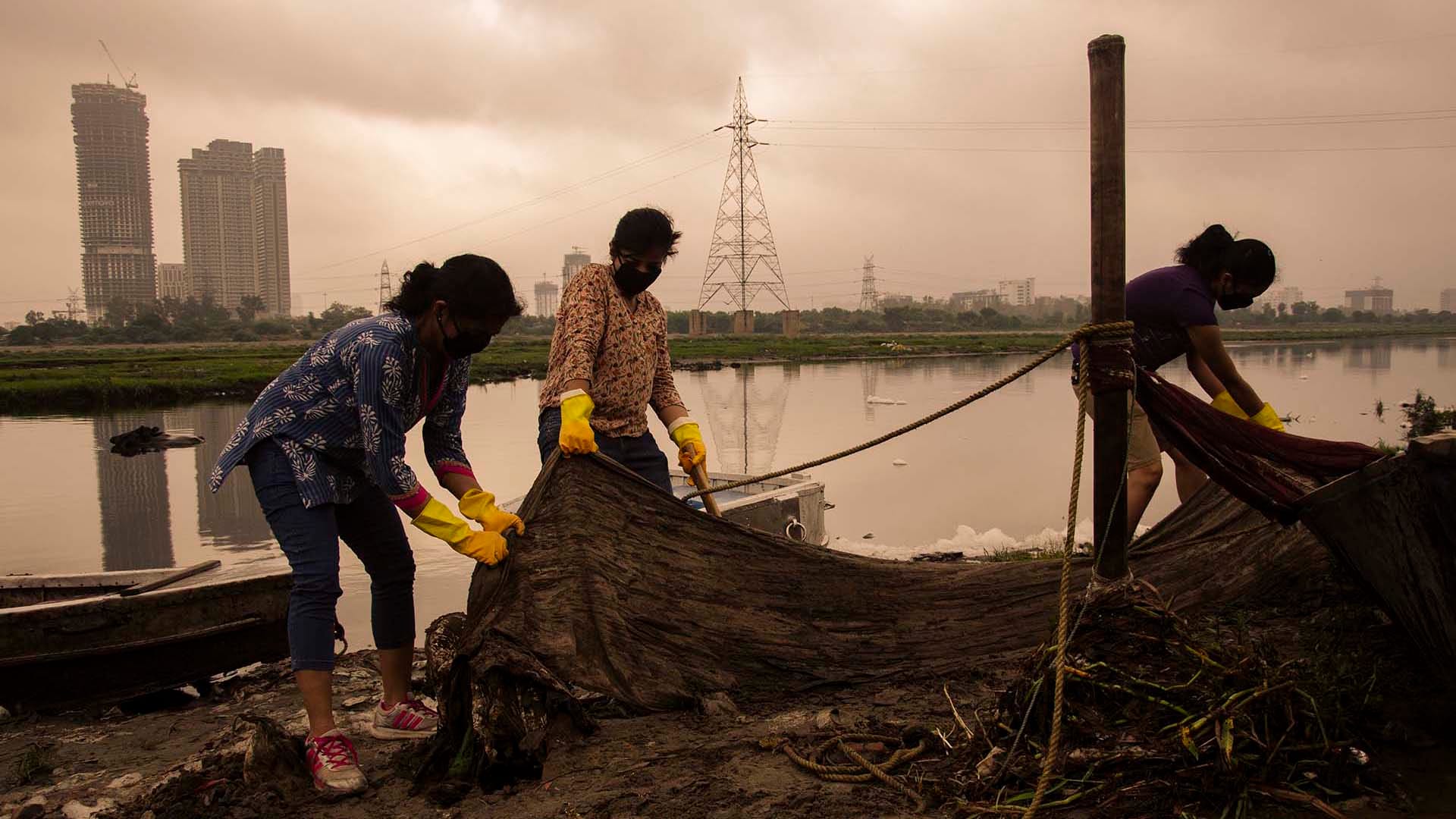
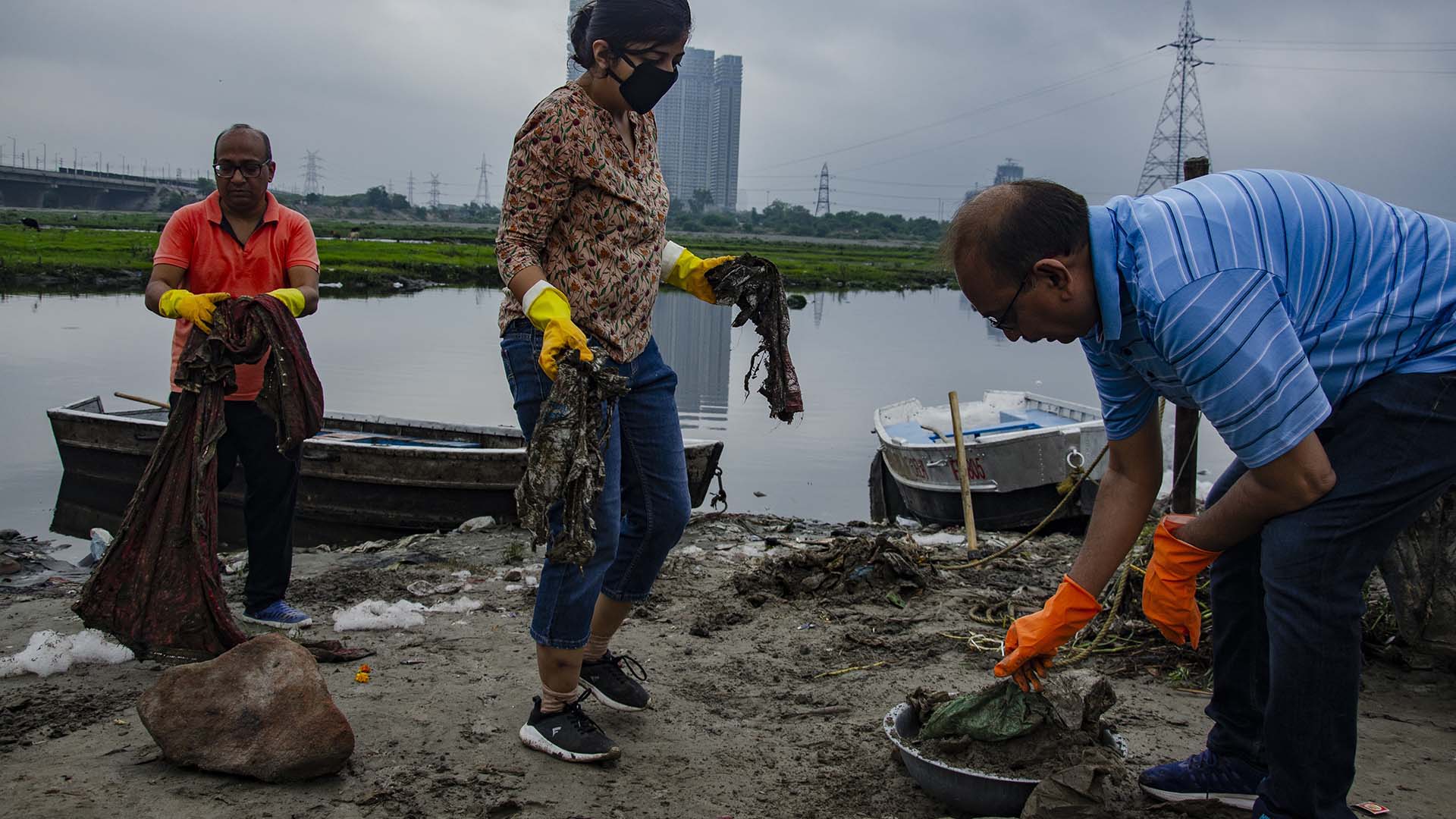
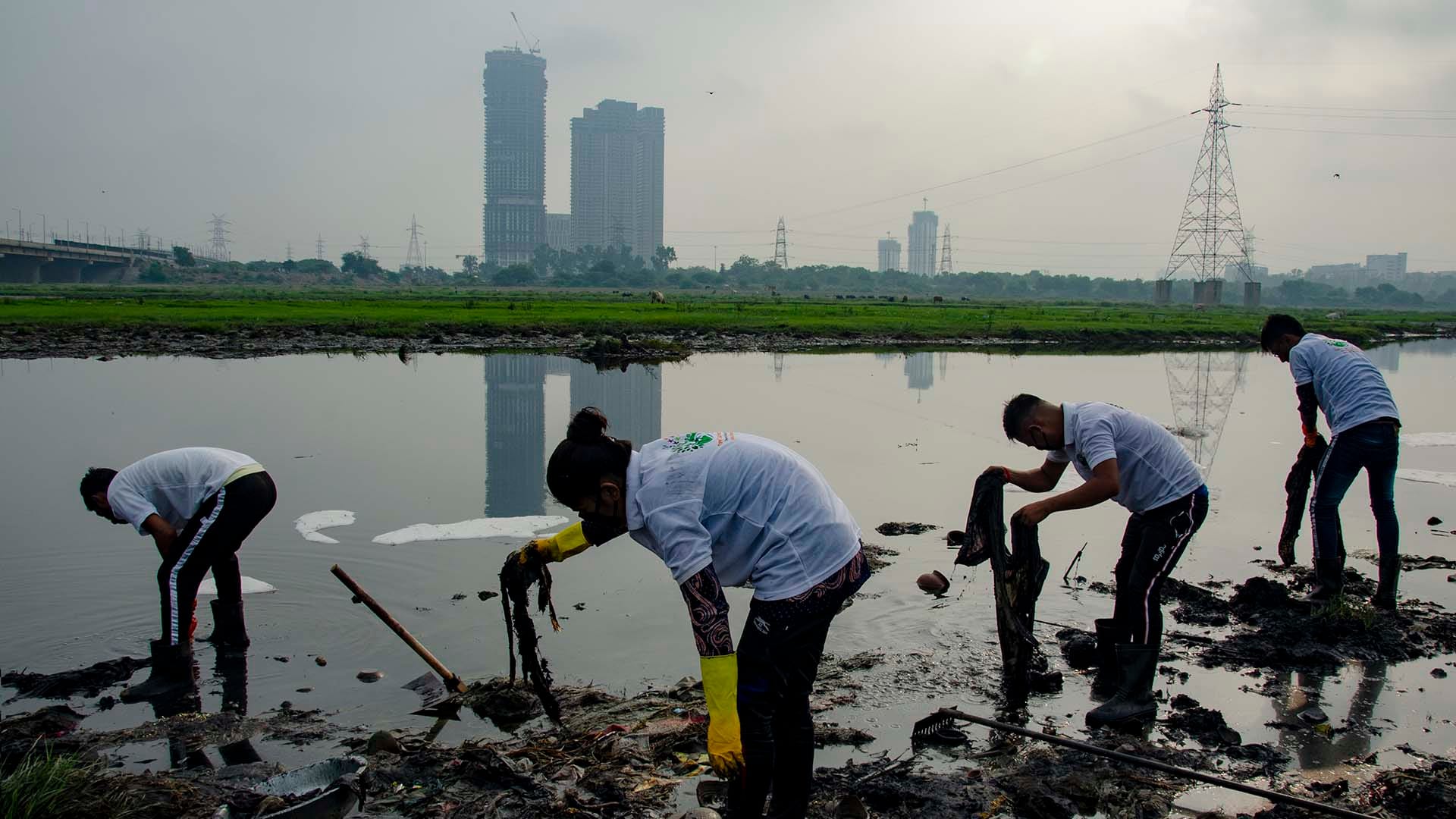
Volunteers work tirelessly to remove waste from the Yamuna River. With gloves and determination, they tackle the polluted banks and waters, showing how collective action is helping revive India’s sacred river. Photos: Abhishek Singh






